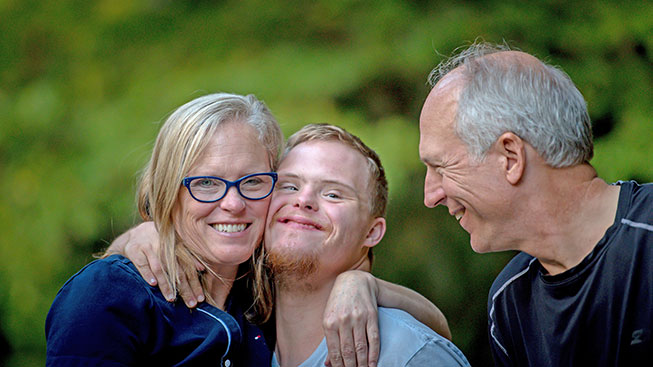You might think the Alert Program® is just for elementary school-aged kiddos. But it supports self-regulation (changing how alert you feel) for all ages, populations and settings. Once you know about the importance of self-regulation, it can take you to some surprising places. Here are seven Alert Program® success stories. After taking an Alert Program® training…
- A nurse teaches parents the high, low and just right states as part of her discharge plan for preemie babies.
- A preschool teacher uses the Alert Go Fish!® game to help her students track their engines. They love the picture of the beaver whose alert state is so low he can hardly brush his great big teeth.
- An elementary school principal nips a third-grader’s problem behavior in the bud in the hallways of his charter school by asking, “How is your engine running?”
- Middle-schoolers learning self-regulation skills get a big dose of the Alert Program® as they work with occupational therapists and speech/language pathologists. The social skills curriculum was part of a school-wide approach that taught the Alert Program® to all students.
- High schoolers with autism who are not yet verbal can point to pictures of themselves on a large speedometer to indicate whether they are in a high, low or ready-to-work state.
- Young adults learn about changing alert states by interviewing their parents about their high, low and just right states and how they change them. They use the Sensory-Motor Preference Checklist (Williams & Shellenberger, 1992) to learn that everybody self-regulates.
- An occupational therapist teaches assisted living staff how to better support residents by incorporating simple sensory diet activities, using the Alert Program’s five ways to change alert levels: mouth (alerting cold drinks in the afternoon and warm calming drinks in the evening), move (after-breakfast chair exercises to music), touch (lotion for hand massages), look (curtains open wide in the morning and closed for nap time), and listen (Name That Tune with oldies music).




